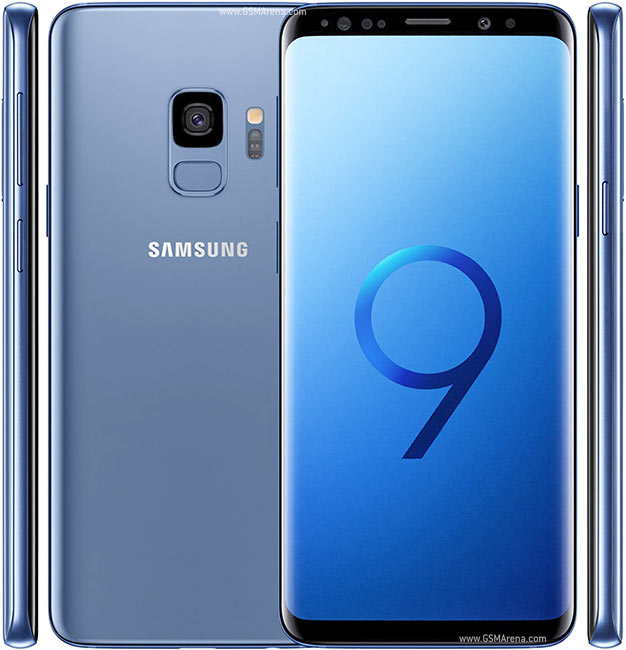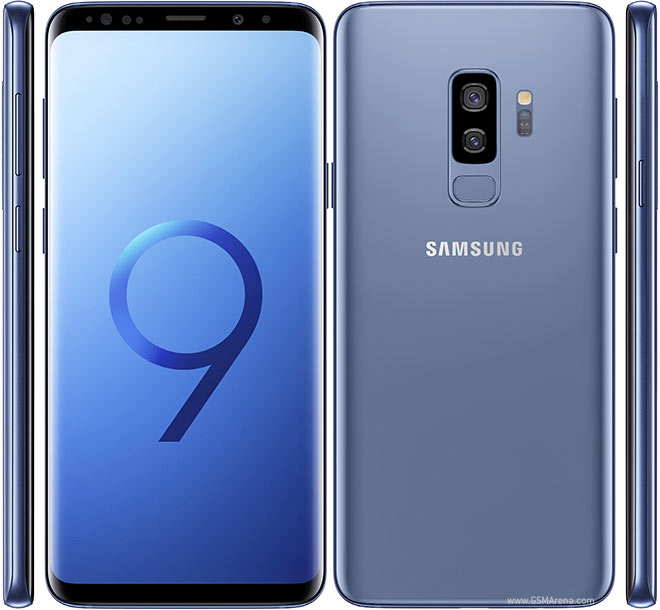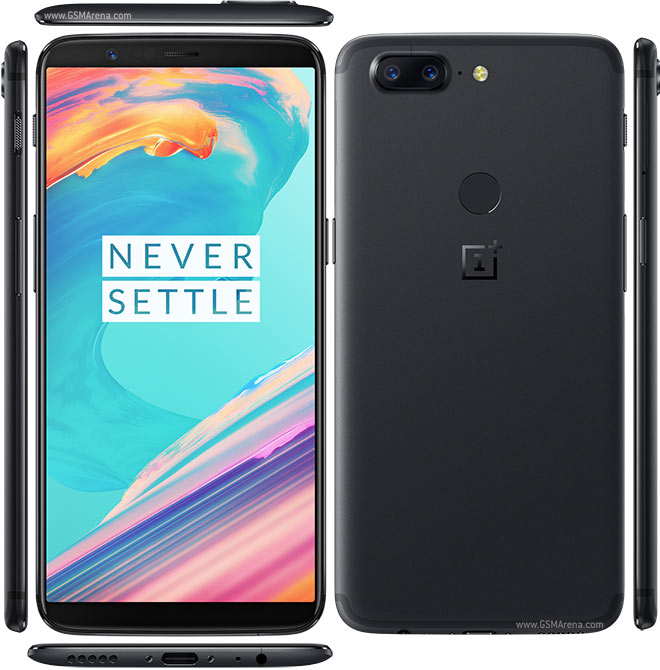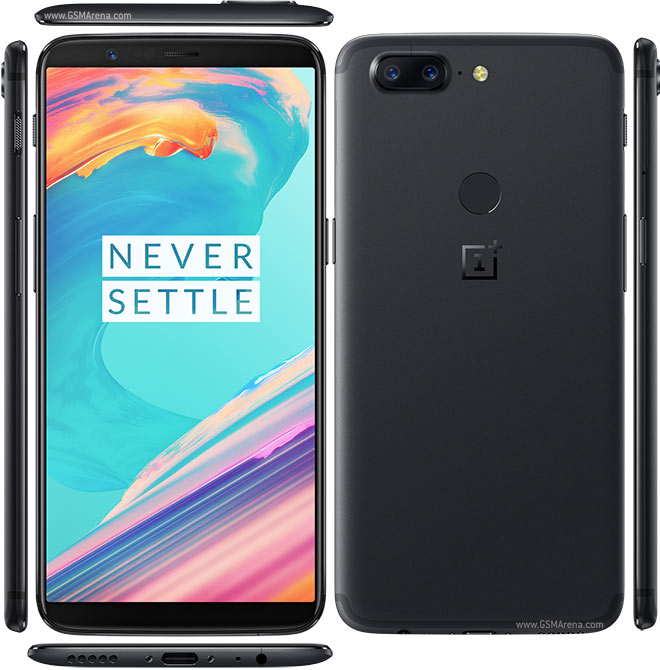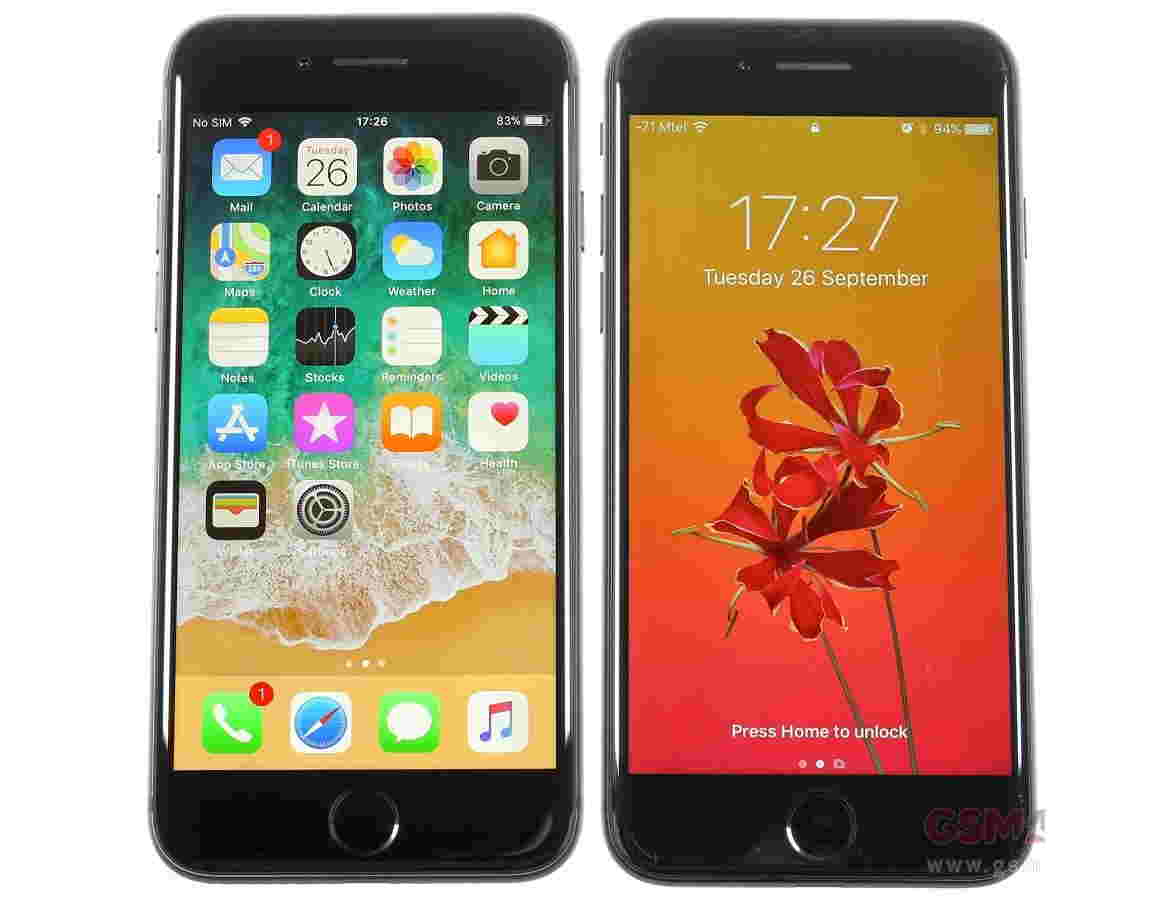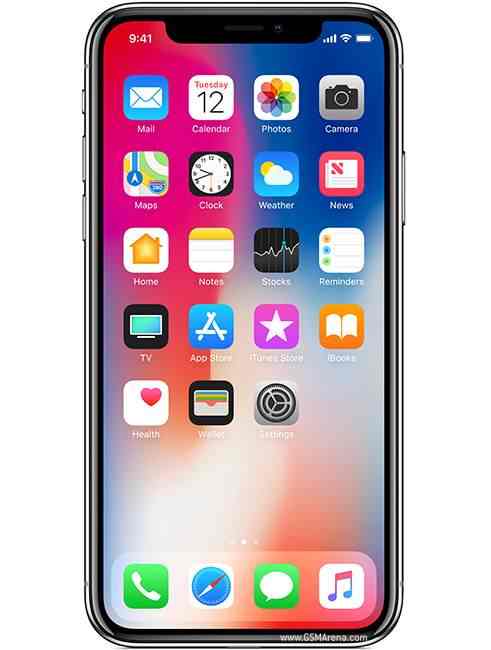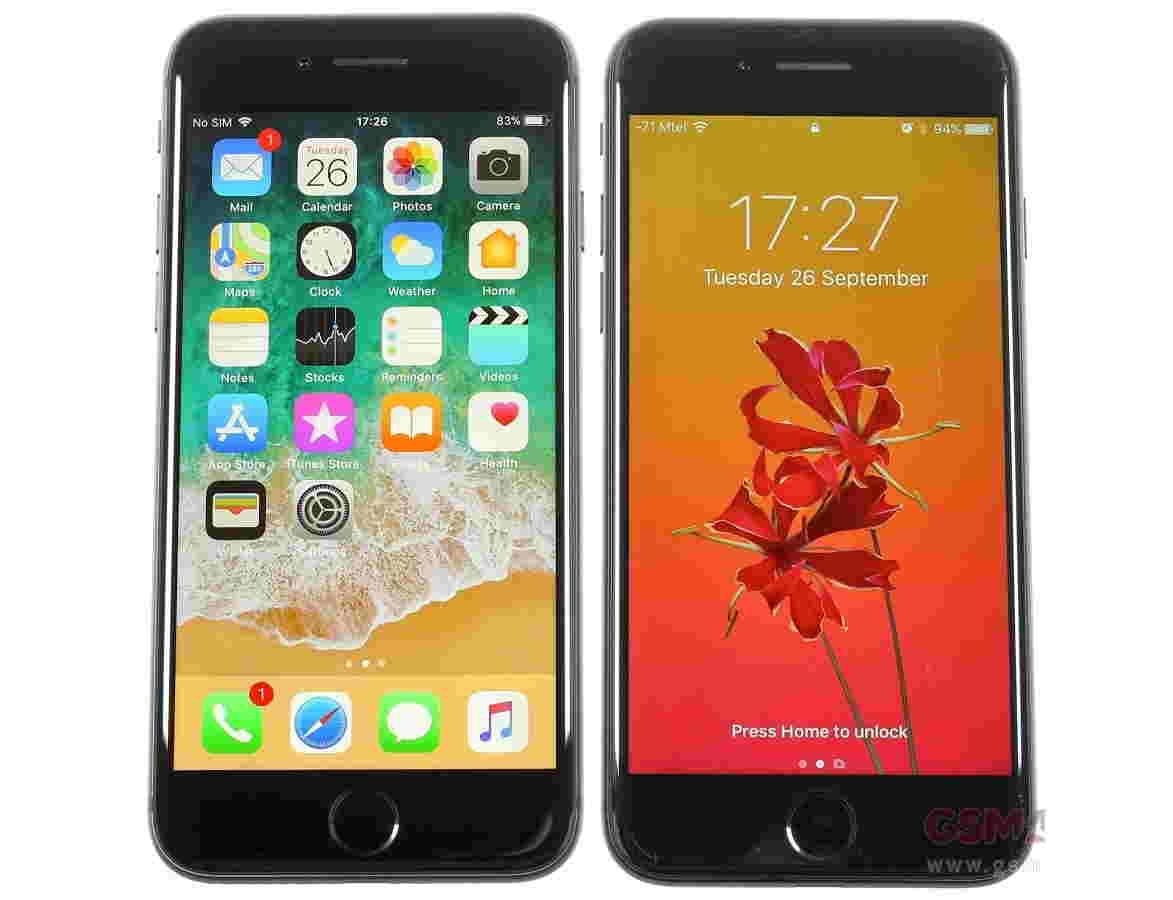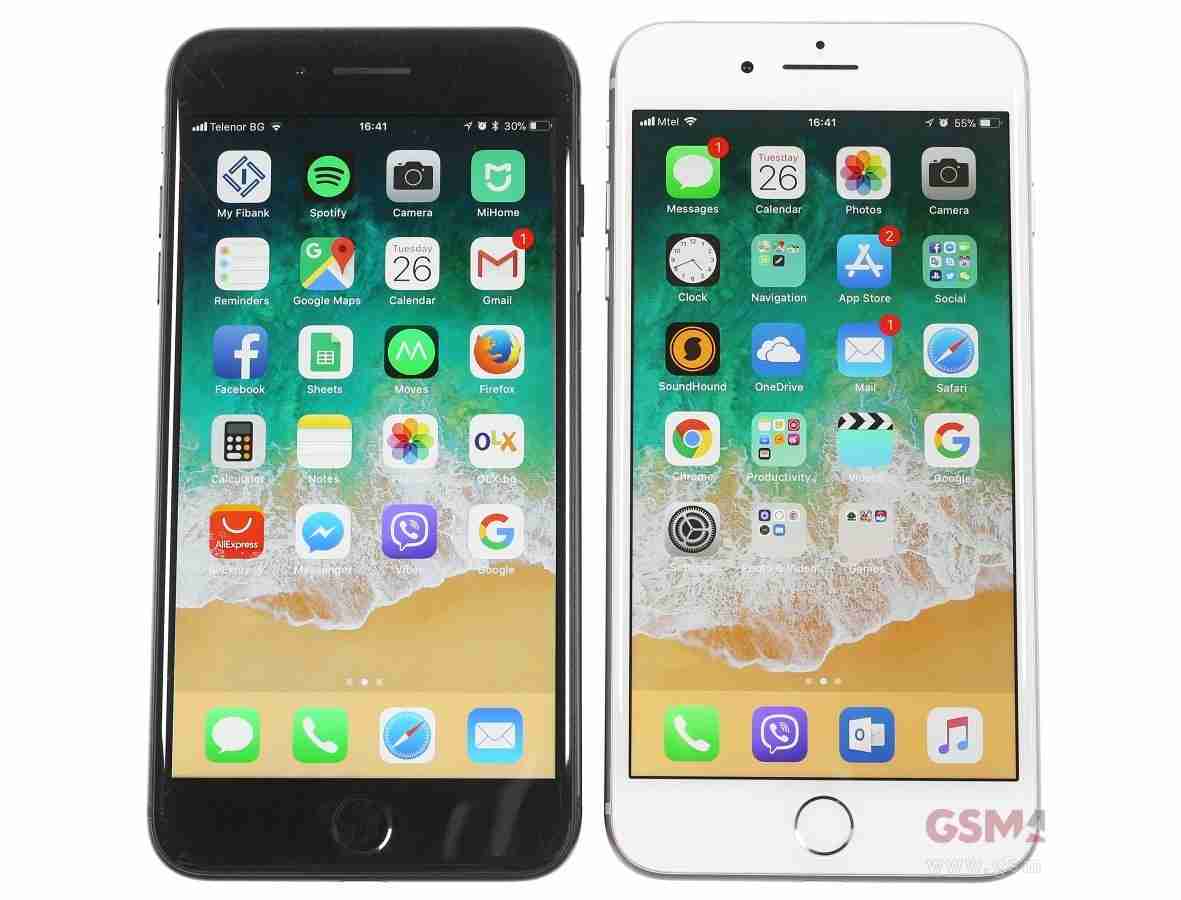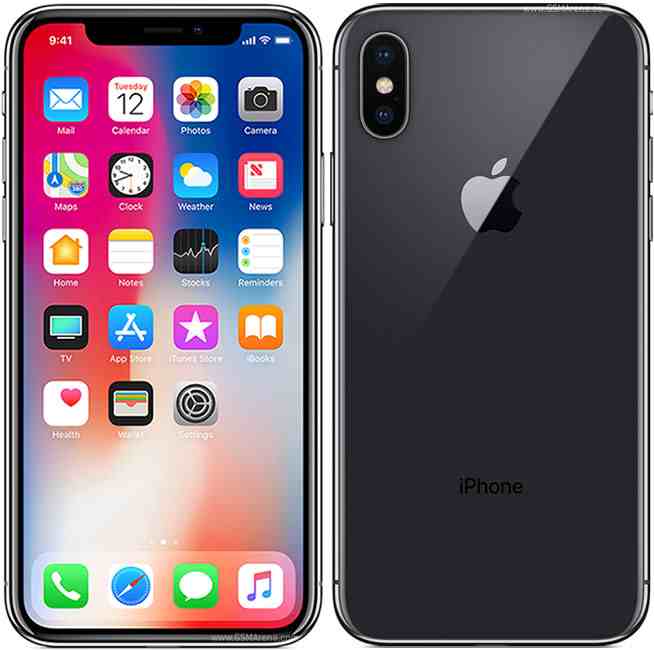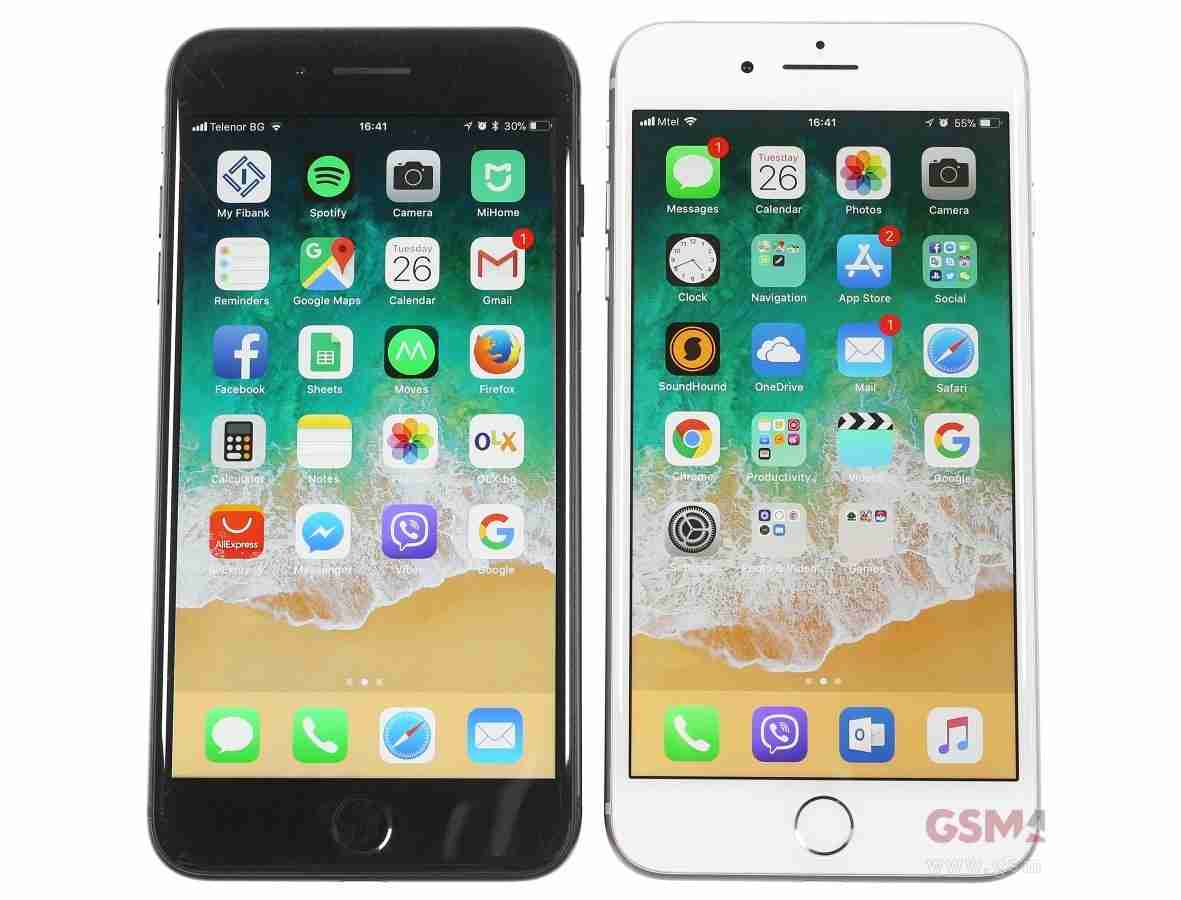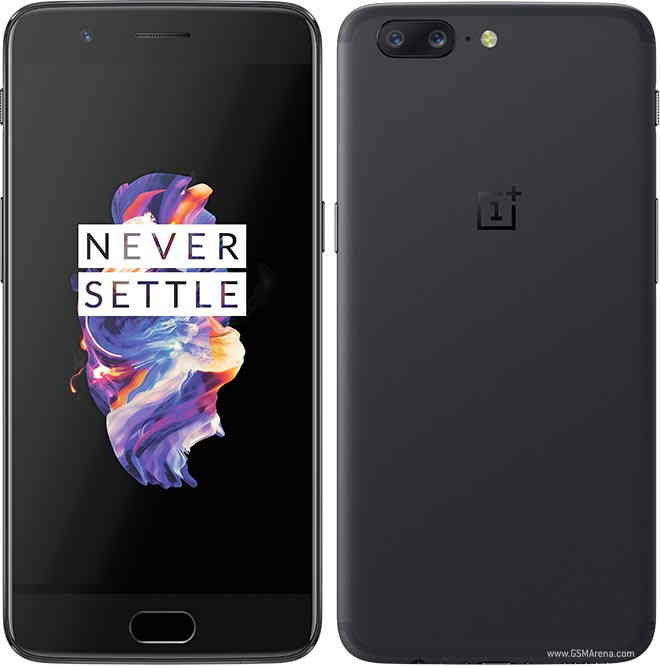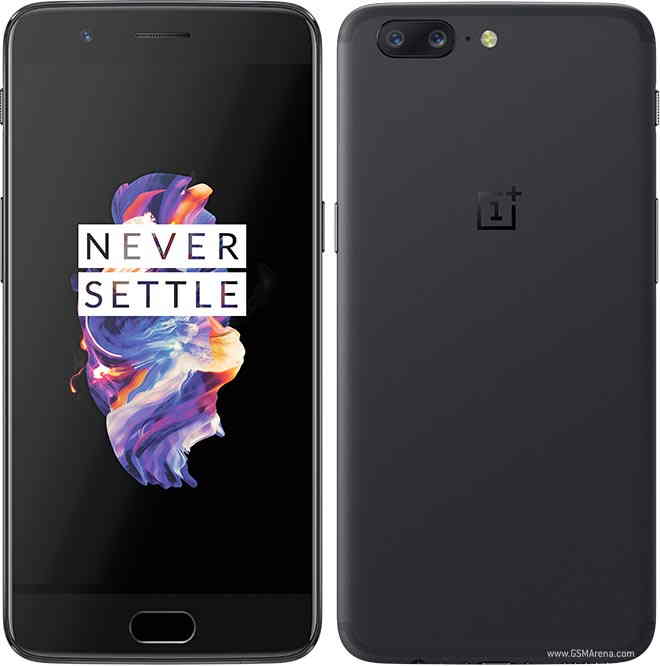
Even for those people that miss old Wembley it's nigh on impossible to not be impressed by its replacement. With that already iconic arch looming over a stadium of staggering scale it's not hard to understand why EE would choose this Great British landmark as the self-proclaimed mothership for its latest and greatest mobile technology.
There are ambitious plans for contactless payment and iBeacons that get your ticket ready on your phone as you walk up to the turnstiles. It's also got a well-conceived update to the Wembley app, which should prove invaluable to visitors for sports and events when it rolls out in October for the England San Marino game. Wembley is fully focused on being at the cutting edge of technology.
That project is being led by Rob Ray, the CTO for Wembley and a man whose huge team face a mind-boggling array of tasks both with EE's mobile technology and a mass of ever-shifting projects that cater for everything from the American Football that was being set up when we were visiting to major music concerts.

Fortunately, Ray is a man who is clearly enthused by the tasks at hand. He opened his chat by telling us that the stadium was built with a dark room that was quickly given a new role as a cloakroom when digital photography rendered it largely pointless.
Cold Trafford, warm Wembley
Manchester United recently took the decision to ban iPads and other tablets from Old Trafford for fear of undermining the rights of the millionaires both on the pitch and in the directors in the box. So why is Wembley so keen on enabling its visitors rather than stymying them?
"I think that's a good question," says Ray. "The reality is the customers want to do this and interrupting that experience is not what we are about at all. It's about enabling the customer.

"So I understand [Manchester United's] position and I understand the rights perspective, but we have to move beyond that.
"Some of [the problem] is 'you're getting in my way' but that's a local issue. For the most part if I travel around the country or Europe [embracing tech] is what I tend to see.
"Plus at Wembley its not just about football it's about five different events which can be very different."
A big deal
EE wasn't about to talk about just how much it had invested in the Wembley deal (although having your brand as prominent around one of the world's greatest stadiums doesn't come cheap) but the decision to use it as a test bed for its next generation of technology is an interesting one.

Mansoor Hanif, director of radio networks at EE, explained why Wembley is to be the network's 'mothership', which is expected to bring the first trials of 400Mhz 4G in Britain next year.
"We really feel a common vision, a common vitality with Wembley," he says. "It's the mothership of our network. We expect our customers to come to the mothership and experience how things are going to be. This is where it's embodied and they can experience it it, touch it and feel it."
Even keeping the current infrastructure stable and running is a challenge, with Hanif adding: "Stadia are the most difficult places to manage because so many people all want to do same thing at same time.

"So for instance, [at football matches] everyone wants to do something at half time. So do you build a massive pipe or find intelligent ways to manage that traffic.
"It's similar to London's Tube; in the morning peak hour you know you're going to have to queue, you accept that. On networks we set the bar very high so our 99% call success rate means that only 1% of time would you have to queue.
"It's a massive tech challenge and we're rightly very pleased with that number. The fact is that today's experience is fantastic even at the biggest events like the recent One Direction, which was a massive challenge."
The belly of the beast
As you walk around deep in the belly of the beast, you get some idea of both the scale of the current operation for simply keeping all those mobiles working in a testing environment of great ebbs and flows in usage.

The racks of network gear sit in a half empty room, testament to the big increases in capacity on the horizon to keep Wembley's communications working in the coming decade.
"We've added in more capacity on 3G and doubled our transmission capacity," says Hanif. "We've doubled the number of antennas and in terms of 4G we've added another 10Mhz so the total is 20Mhz."
Hanif is at pains to point out that just because EE is investing so heavily in this 'mothership' the network will not neglect the all-important rural rollouts that will increase coverage to other customers, talking about the 'thousands of little ships' and the 'medium ships' of past test areas like London's Tech City.
Monumental
Wembley Stadium itself is an impressive monument to not only the football that still defines it but also this next generation of mobile technology and all of the contactless and wearable technology. This technology might be currently be clunky, will at some point proliferate through our lives, adding convenience and a layer of information transaction that is both slightly insidious but also intrinsically useful.

The vision is using technology as an enabler, helper and friend at any major event and you can already see the beginnings of a future in which you will start a journey using your phone to pay for your travel, arrive at the stadium with the ticket appearing on your mobile's screen to allow you entry and then buying your pre-match pie with the same device.
Your app will tell you the weather ahead of kick-off to ensure you bring the right clothing, will tell you where to go and not only allow you to interact with the big screens but bring you the latest offers so you can get 20% off a half time cup of tea.
And the network, fuelled by EE's work, will make sure that all of this is not interrupted by a lack of signal or a failure of the data connection.
Hanif jokes at one stage that this mothership is also 'a Stonehenge of the future' - only this particular landmark relies of technology and not the druids. Now that's progress.




